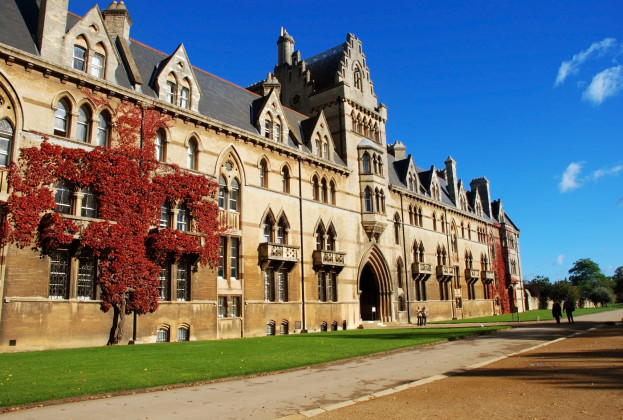
Practicum Summary:
Root Causes of Youth Violence in Sophia, Guyana
Shondell’s research seeks to identify the impacts of youth violence in Guyana and the communities that are perceived as hot spots for violent activity in order to develop interventions to redirect youth energy towards positive community development. Shondell focused her study on the community of Sophia, specifically the Pattensen and Turkeyen areas located east of Sophia. Out of the 35,000 residents of Sophia, roughly 16,000 of them are youth. For the purpose of this study, Shondell refers to the WHO definition of youth violence, which defines it as “the intentional use of physical force or power, threatened or actual, exerted by or against children, adolescents or youth adults, ages 13-29, which results in or has a high likelihood of resulting in injury, death, psychological harm, mal-development, or deprivation.” Common problems in the community that contribute to youth violence include youth idleness, unemployment, a high school dropout rate, teen pregnancy, and theft, accompanied by illiteracy and high incidences of poverty. Shondell used focus group discussions, key informant interviews, youth surveys, and documents to create an evaluation of the youth violence condition in Sophia. From her data collection, it was determined that having family or friends involved in violence, police labeling, and poverty were the three main contributors to violence in Sophia. Other factors attributed to violence include boredom, family problems, lack of activities, school problems, gangs, and a need for respect. In order to protect youth from violence, Shondell mentions the incorporation of conflict resolution and critical thinking skills into education, as well as promoting interventions in schools, community groups, clubs, faith-based organizations, and other peer groups that could persuade youth away from violence activity.

